Deep Cleaning Your Sofa and Loveseat: A Step-by-Step Guide
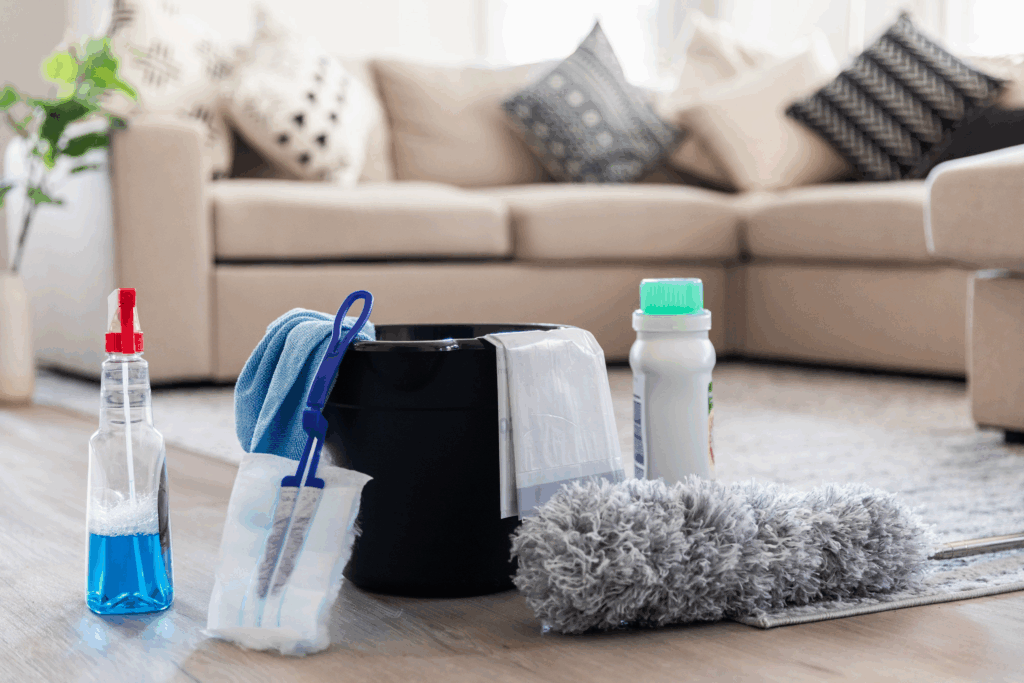
Your sofa and loveseat are more than just furniture—they’re the heart of your living space. Whether you’re binge-watching your favorite shows, entertaining guests, or enjoying a quiet night in, these pieces see a lot of use. Over time, they can collect dust, stains, pet hair, and more. That’s why periodic deep cleaning is essential—not just for appearances, but for the longevity and hygiene of your upholstery. In this guide, we’ll walk you through a thorough furniture cleaning process to keep your living room looking fresh and feeling cozy.
Why Deep Cleaning Matters
Daily use leads to inevitable wear and tear. While surface cleaning can help manage crumbs and spills, it doesn’t tackle what lies beneath—like embedded dirt, allergens, or unseen stains. Deep cleaning helps to:
Improve indoor air quality
Remove stubborn stains and odors
Extend the life of your furniture
Create a healthier living environment
Now, let’s get into the step-by-step guide to give your sofa and loveseat the TLC they deserve.
Step 1: Check the Label
Before you touch a sponge or turn on your vacuum, take a moment to locate the care tag on your furniture. This tag provides important information on how to clean the fabric. Look for these codes:
W: Water-based cleaner is safe
S: Use a solvent-based cleaner
WS: Both water- and solvent-based cleaners are safe
X: Vacuum only—no liquid cleaners
Understanding this is crucial for choosing the right cleaning method and avoiding damage.
Step 2: Vacuum Thoroughly
Start by removing all cushions and vacuuming every surface—including underneath and between crevices. Use the upholstery attachment on your vacuum cleaner to get into tight spots and lift pet hair, crumbs, and loose dirt.
Pro tip: Don’t forget the back and sides of your sofa and loveseat—dust settles there too!
Step 3: Spot Treat Stains
Before you clean the entire surface, deal with any noticeable stains.
Water-safe fabric: Mix a few drops of mild dish soap with warm water. Dip a clean cloth in the solution and gently blot (don’t rub!) the stained area.
Solvent-safe fabric: Use a dry-cleaning solvent or a commercial upholstery cleaner designed for solvent-use fabrics.
Always test any cleaner in a hidden area first to make sure it won’t discolor or damage the fabric.
Step 4: Deep Clean the Upholstery
Once stains are treated, it’s time to deep clean.
For water-safe upholstery: Use a steam cleaner or upholstery shampooer with an appropriate cleaning solution. Move slowly and evenly, avoiding over-saturating the fabric.
For delicate or solvent-only fabrics: Stick with spot treatments or hire a professional to avoid ruining your furniture.
Allow your sofa and loveseat to dry completely before replacing cushions. Speed up the process with fans or by opening windows for airflow.
Step 5: Clean the Cushions
If your cushions have removable covers, unzip them and follow the washing instructions. Machine-washable? Toss them in on a gentle cycle and air dry. Foam inserts can be freshened with baking soda—just sprinkle on, let sit, then vacuum off.
For non-removable cushions, treat them just like the main upholstery using the methods above.
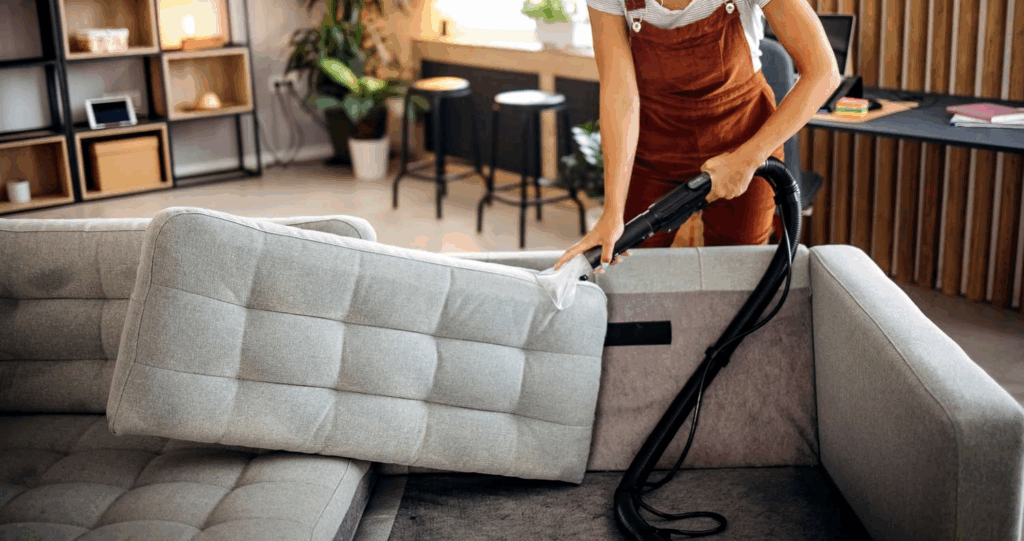
Step 6: Deodorize
Even after a deep clean, lingering odors can remain. Baking soda is a simple, non-toxic solution. Sprinkle it generously over the entire surface, let it sit for 15–30 minutes, then vacuum it up. You can also use a fabric-safe upholstery spray for added freshness.
Step 7: Maintain Regularly
To keep your sofa and loveseat in top shape:
Vacuum weekly
Spot clean spills immediately
Rotate cushions regularly to ensure even wear
Deep clean every 6–12 months, or more often if you have pets or allergies
A consistent maintenance routine makes each sofa and loveseat cleaning session easier and more effective.
Your sofa and loveseat are investments—not just in comfort, but in your home’s overall aesthetic. Deep cleaning may take some time, but the results are well worth it. By following this guide, you can restore the look, feel, and freshness of your upholstered furniture and enjoy a cleaner, healthier home.
Whether you’re preparing for guests, tackling spring cleaning, or just want your favorite seating spot to smell and feel brand new, mastering sofa and loveseat cleaning is a must for every homeowner.
Furniture Cleaning: Protecting Your Investment in Home Comfort
Furniture is more than just décor. It’s the heart of your home — the cozy couch where you unwind after a long day, the dining table where stories are shared, and the plush armchair perfect for weekend reads. These pieces not only define the aesthetic of your space, but they also contribute to your overall comfort and quality of life. That’s why furniture cleaning isn’t just a chore—it’s an essential step in protecting your investment in home comfort.
Why Furniture Cleaning Matters
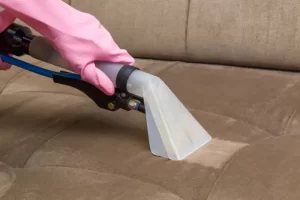 When we invest in high-quality furniture, we expect it to last. But over time, dust, dirt, allergens, and even body oils accumulate on upholstery and wooden surfaces. This not only dulls their appearance but can also weaken the material and shorten the lifespan of your favorite pieces.
When we invest in high-quality furniture, we expect it to last. But over time, dust, dirt, allergens, and even body oils accumulate on upholstery and wooden surfaces. This not only dulls their appearance but can also weaken the material and shorten the lifespan of your favorite pieces.
Regular furniture cleaning helps preserve the look, feel, and functionality of your furnishings. Clean furniture not only looks better, but it also supports a healthier indoor environment. It reduces allergens and bacteria, which can be especially important for households with children, pets, or individuals with allergies.
Extend the Life of Your Furniture
One of the most compelling reasons to maintain a furniture cleaning routine is to extend the life of your pieces. Dust and debris can act like sandpaper, slowly wearing down fibers in upholstery and scratching wood surfaces. Spills that aren’t cleaned promptly can become stubborn stains or lead to mold and mildew growth, especially in hidden areas.
By incorporating routine care—such as vacuuming fabric surfaces, wiping down wood, and treating materials with the appropriate cleaners—you’ll help prevent long-term damage and save money in the long run by avoiding costly replacements.
Create a More Inviting Home
Let’s face it: no one wants to sit on a stained sofa or dusty armchair. Clean furniture enhances the overall atmosphere of your home, making it more inviting for guests and more enjoyable for your family. Imagine walking into your living room and being greeted by spotless, fresh-smelling furniture. It’s a small detail that makes a big difference in how your home feels.
Best Practices for Furniture Cleaning
When it comes to furniture cleaning, there’s no one-size-fits-all method. Different materials require different care. Here are some general tips to keep your furniture looking its best:
- Know Your Materials
Before you use any cleaning product, check the manufacturer’s label. Leather, suede, microfiber, and natural fabrics all have different care instructions. Using the wrong cleaner could cause discoloration or damage.
- Vacuum Regularly
Upholstered furniture collects dust, crumbs, pet hair, and more. Use the upholstery attachment on your vacuum cleaner once a week to keep surfaces clean and fresh.
- Spot Clean Immediately
If there’s a spill, don’t wait. Blot the area gently with a clean cloth—never rub, as it can spread the stain. Use appropriate cleaners for the material and test in a hidden spot first.
- Schedule Deep Cleaning
Even with regular maintenance, your furniture will benefit from a deeper clean every 6–12 months. You can hire a professional or rent a cleaner specifically designed for upholstery and carpets.
- Protect Surfaces
Use fabric protectors, coasters, and throws to shield high-use areas from spills and wear. Rotating cushions and changing their orientation can also help distribute wear more evenly.
Don’t Forget Wooden and Hard Surfaces
While fabric-covered furniture often gets the attention, don’t neglect wooden tables, chairs, and shelves. Regular dusting and occasional polishing keep these surfaces free from buildup and maintain their luster. For sticky messes or grime, use a gentle wood cleaner to lift dirt without damaging the finish.
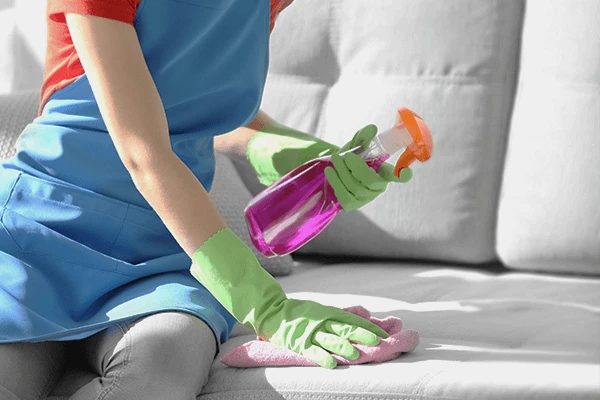
Professional Help When You Need It
Sometimes, your furniture needs more than a DIY cleaning session. For tough stains, delicate fabrics, or antique furniture, calling in a professional can be the best move. Many cleaning services specialize in furniture cleaning and use techniques that are safe, effective, and tailored to your specific pieces.
Furniture is an investment—one that contributes daily to your comfort, lifestyle, and home’s character. By making furniture cleaning a regular part of your home maintenance routine, you’re not just keeping things tidy. You’re preserving the integrity, appearance, and comfort of the very pieces that make your house feel like a home.
So, don’t wait until your sofa shows stains or your chairs lose their luster. A little regular care goes a long way toward ensuring your furniture stays beautiful, comfortable, and functional for years to come.
Stone Countertop Maintenance: Tips for Long-Lasting Elegance
Stone countertops are a timeless addition to any kitchen or bathroom. Whether you’ve chosen granite, marble, quartz, or another natural stone, these materials bring elegance, durability, and a high-end feel to your home. However, like any investment, stone countertops require proper care to maintain their beauty over time. With the right maintenance routine, your countertops can remain as stunning as the day they were installed.
In this post, we’ll share expert tips for preserving the elegance of your stone surfaces, including essential techniques for granite or stone countertop cleaning.
- Understand Your Stone Type
Not all stone countertops are created equal. Granite is one of the hardest stones, highly resistant to heat and scratches, while marble is more porous and prone to staining. Quartz, though engineered, mimics the beauty of natural stone with slightly different maintenance needs. Understanding the specific stone in your countertop will help you choose the best cleaning and sealing methods.
Pro Tip: Always ask your fabricator or installer for a care guide specific to your stone type.
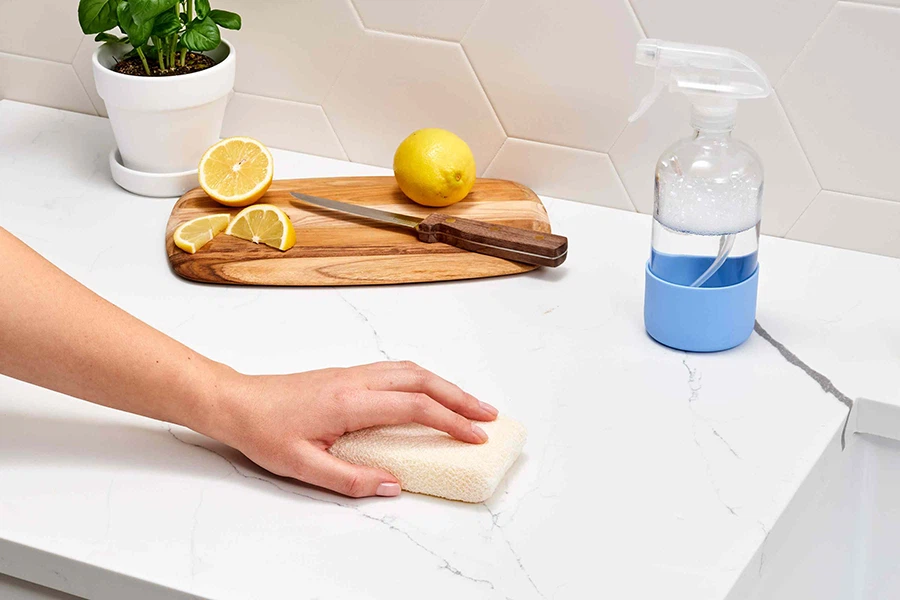
- Daily Cleaning: Less Is More
One of the most important aspects of granite or stone countertop cleaning is keeping it simple. For daily maintenance, all you need is a soft cloth or sponge, warm water, and a few drops of mild dish soap. Avoid harsh cleaners with acidic ingredients like vinegar, lemon juice, or ammonia—they can etch the surface and dull the finish.
After cleaning, dry the surface with a soft towel to avoid water spots or mineral buildup.
- Avoid Common Mistakes
Even with the most durable stone, poor habits can lead to damage over time. Here are a few things to avoid:
Don’t use abrasive pads or cleaners. These can scratch and wear down the finish.
Don’t cut directly on the surface. Always use a cutting board to prevent scratches and dulling.
Avoid placing hot pans directly on the countertop. Even heat-resistant stones like granite can suffer thermal shock or discoloration.
- Seal Regularly for Extra Protection
Most natural stone countertops, especially granite and marble, need to be sealed periodically to protect them from stains and moisture penetration. A good sealant acts as a barrier, preventing spills from soaking in and causing permanent marks.
To test whether your countertop needs sealing, sprinkle a few drops of water on the surface. If the water beads up, the seal is still intact. If it soaks in and darkens the stone, it’s time to reseal.
Typically, sealing is recommended once a year, but high-traffic areas might require more frequent attention.
- Act Fast on Spills
Stone surfaces may resist stains, but they’re not stain-proof. The key is to wipe up spills as soon as they happen. Be especially vigilant with acidic or colorful substances like wine, citrus juices, coffee, and tomato sauce. These can cause etching or leave lasting stains if left sitting too long.
Keep a microfiber cloth nearby to easily blot spills before they become a problem.
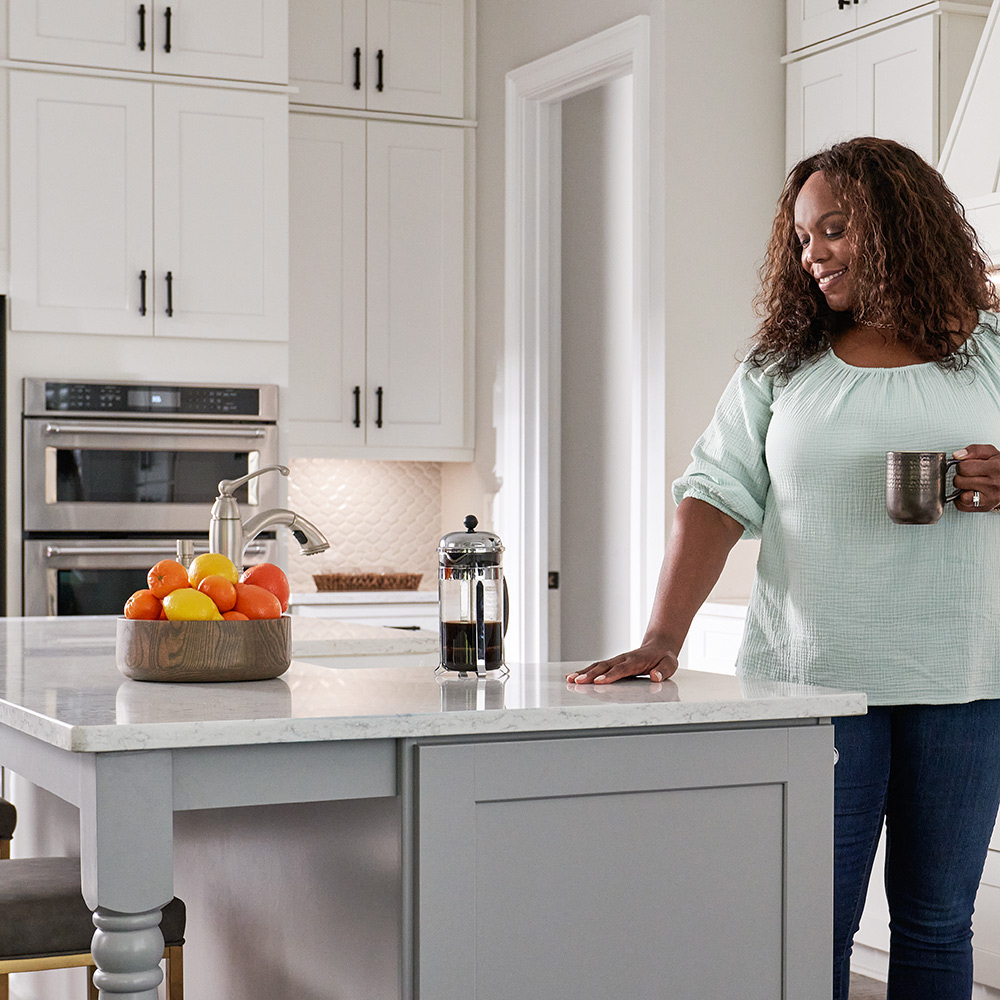
- Use the Right Products
For deeper cleans or stubborn messes, choose pH-neutral products specifically formulated for granite or stone countertop cleaning. These products are designed to remove grime without damaging the sealant or stone.
Avoid generic all-purpose cleaners unless they clearly state that they are safe for natural stone. Better yet, opt for a cleaner recommended by your countertop installer.
- Protect Your Investment
Simple preventative habits go a long way in preserving the elegance of your countertops:
Use trivets or mats under hot pots and pans.
Place coasters under glasses to prevent ring marks.
Use placemats to protect from crumbs, grease, or condensation.
Don’t sit or stand on countertops, as they are not designed to bear body weight and may crack or shift.
These small habits will prevent damage and keep your countertops looking flawless for years to come.
Stone countertops are a beautiful and valuable part of any home. With just a little daily care and attention, you can ensure they stay elegant and functional for the long haul. Remember that proper granite or stone countertop cleaning is the foundation of long-lasting performance. Stick to gentle methods, seal regularly, and take quick action on spills—and your countertops will continue to shine with natural charm and sophistication.
